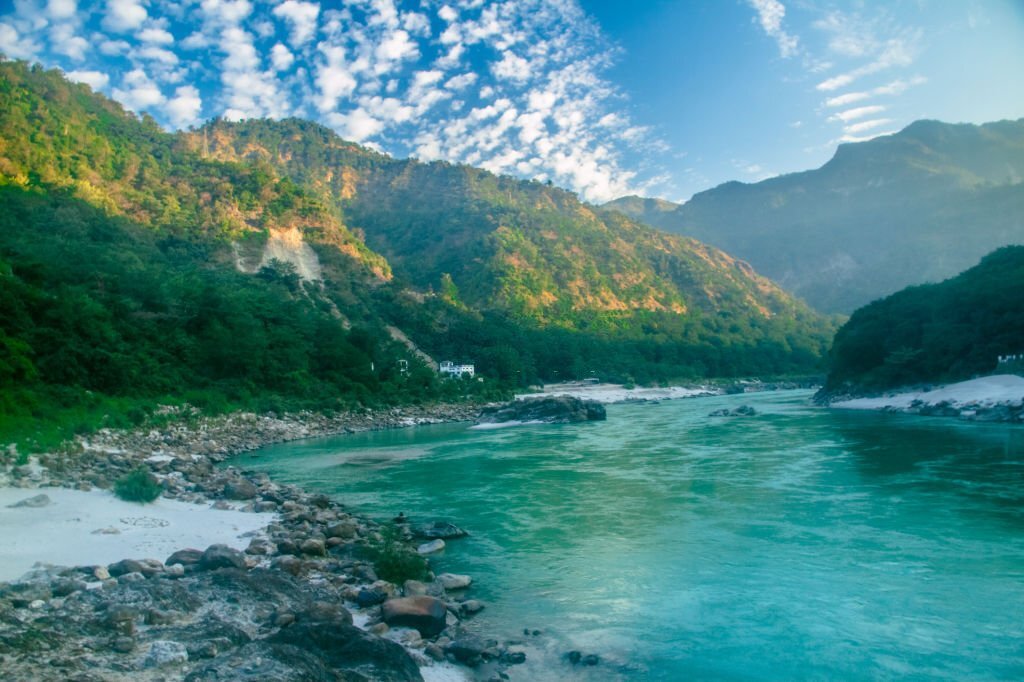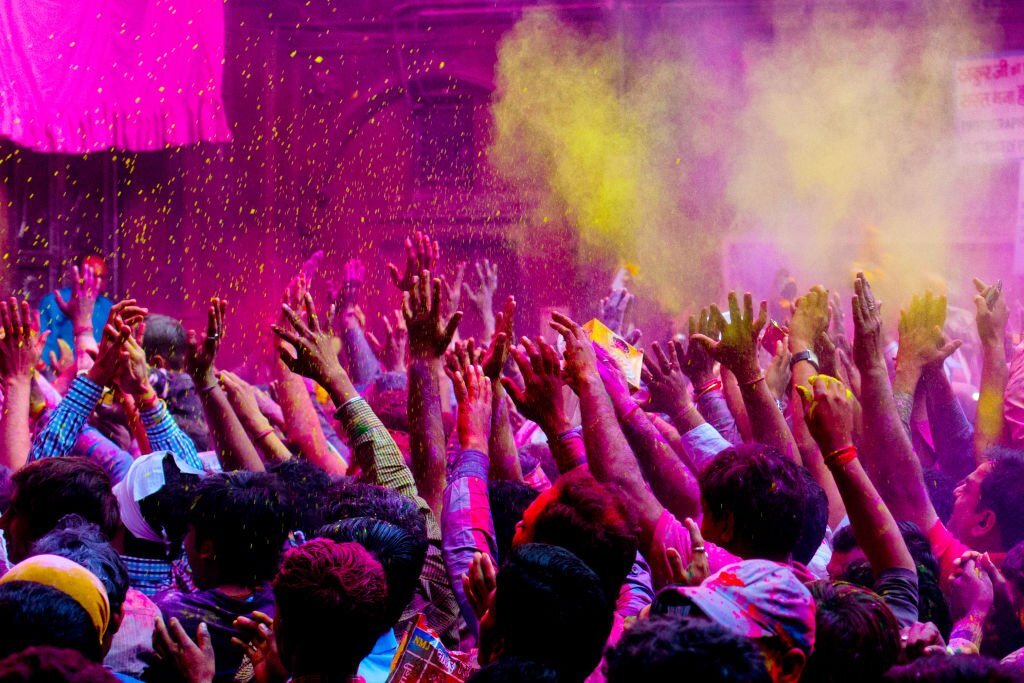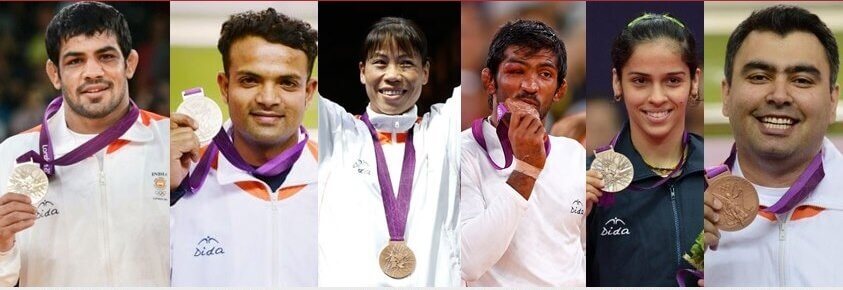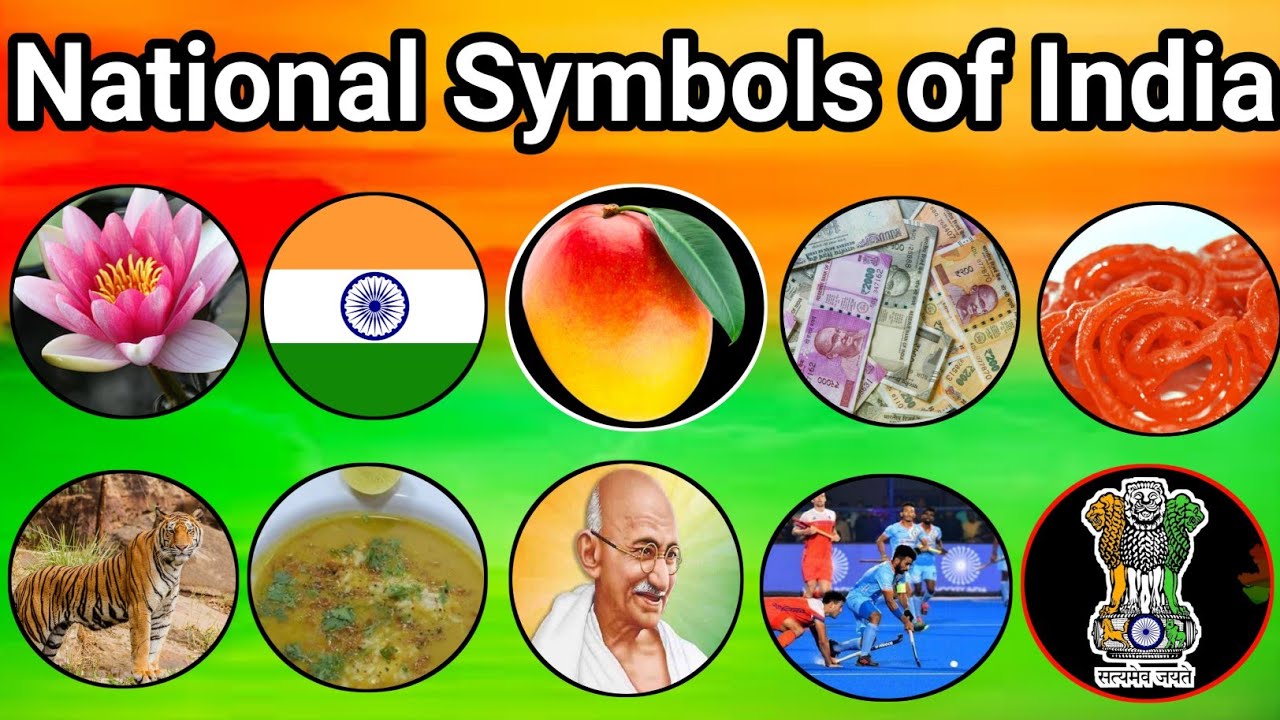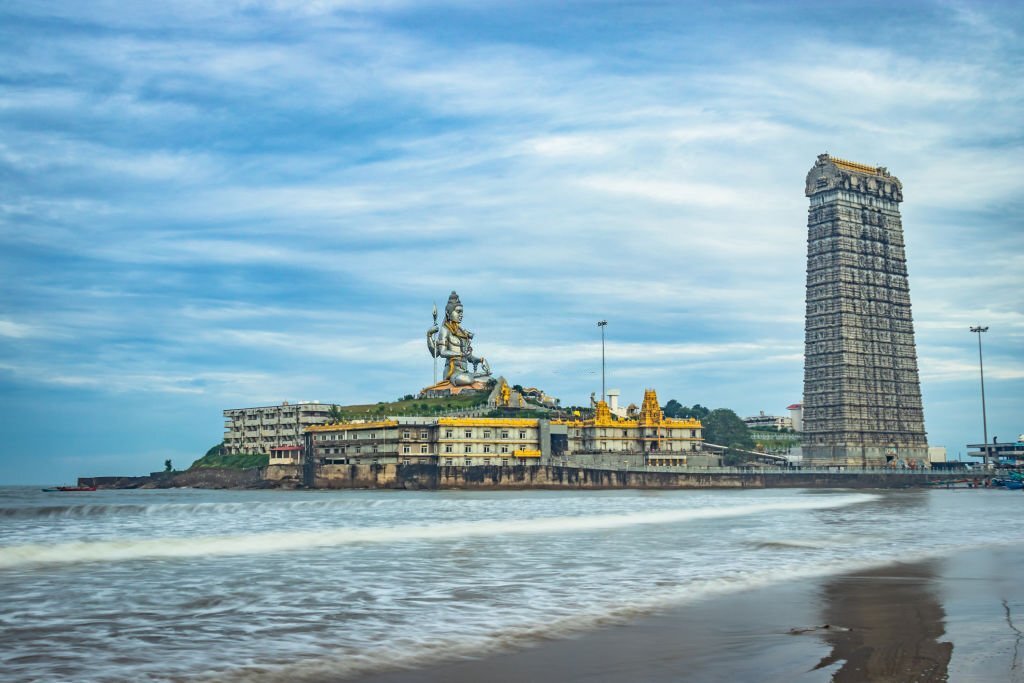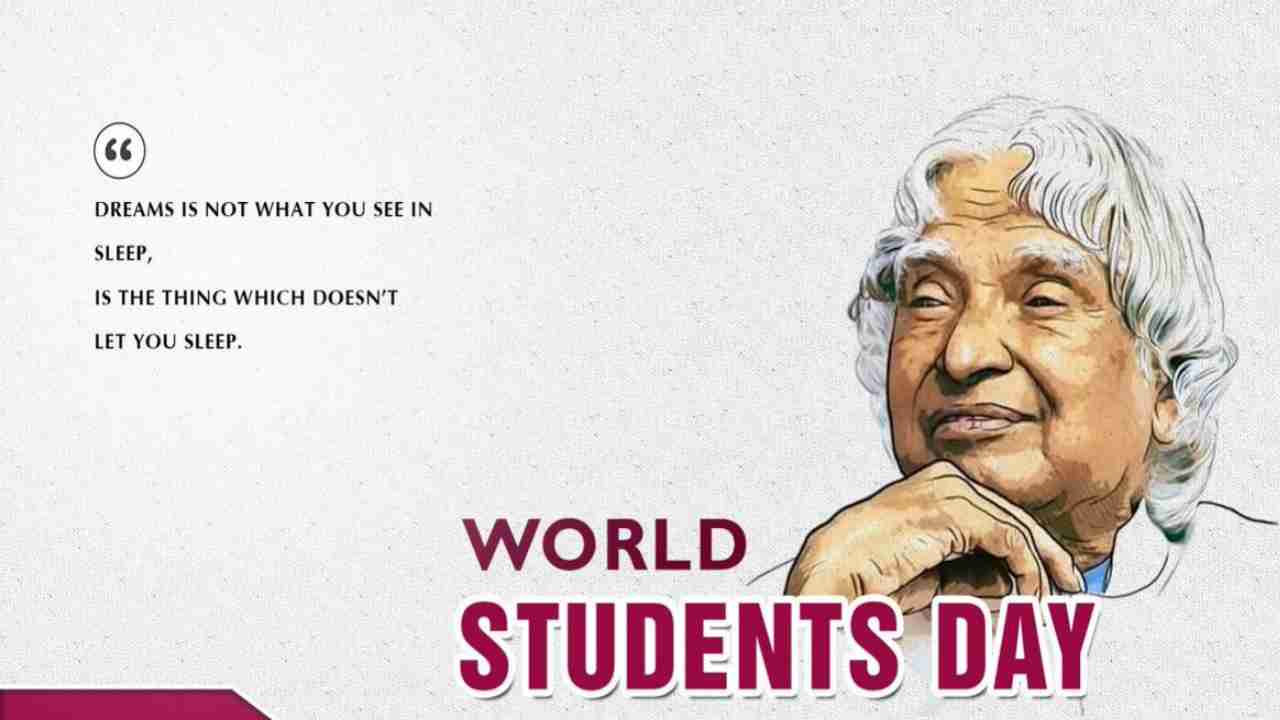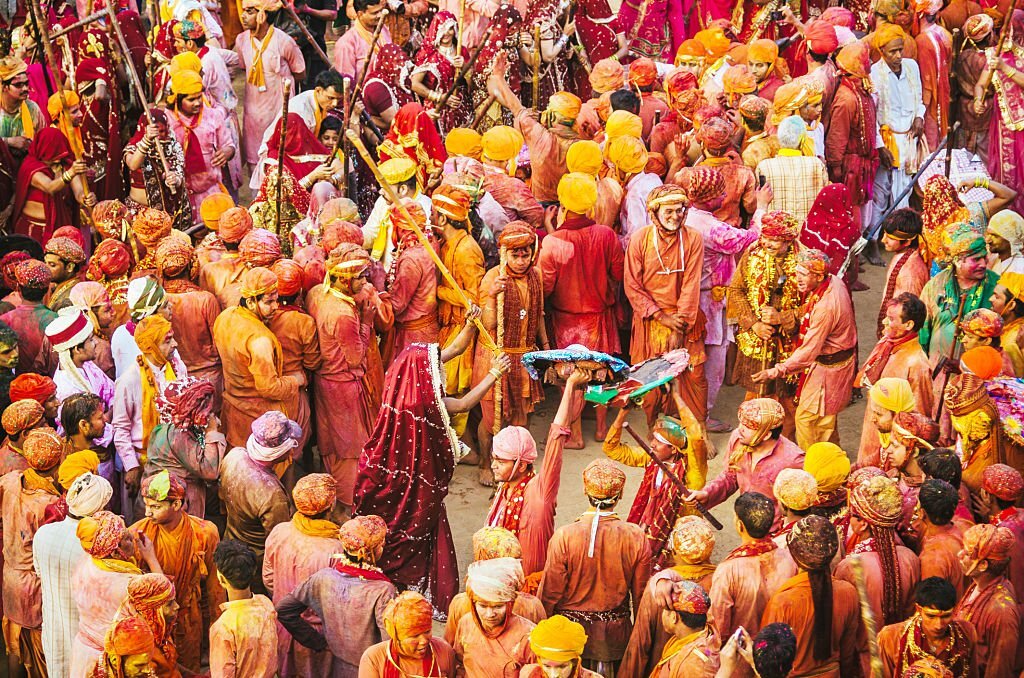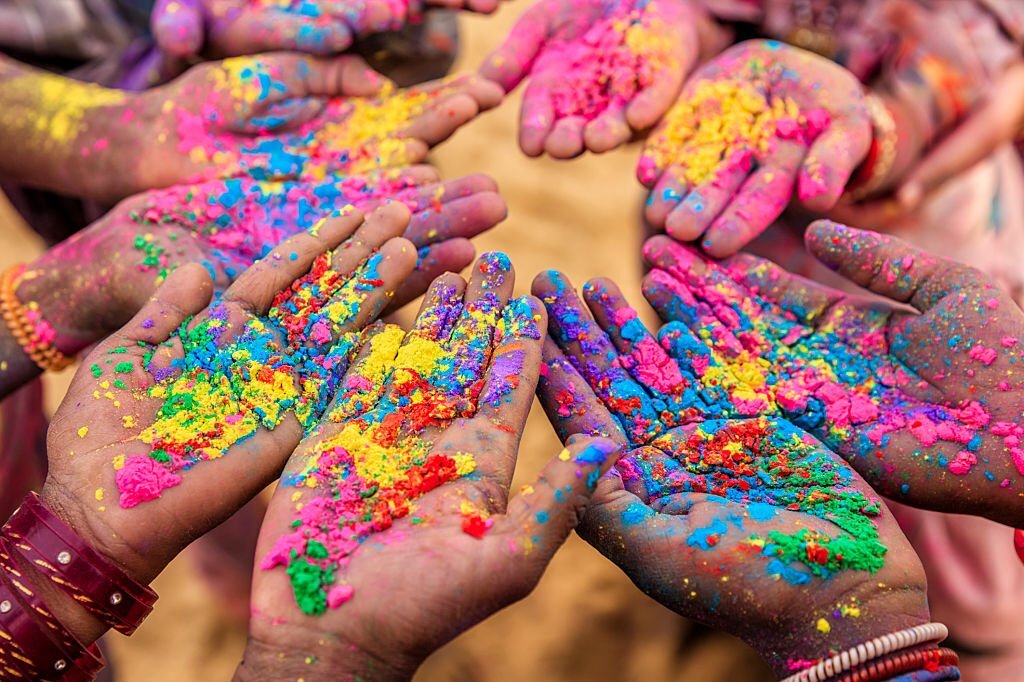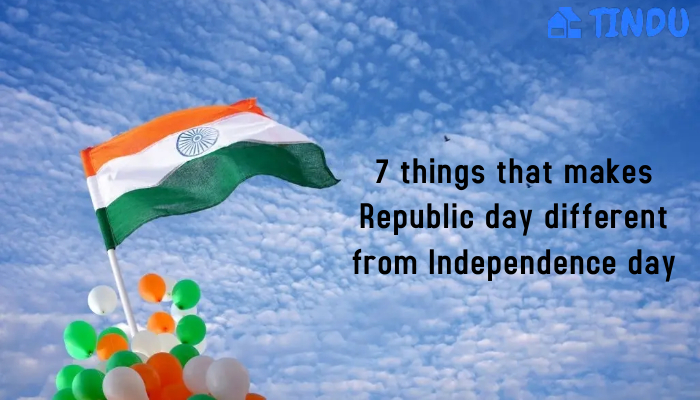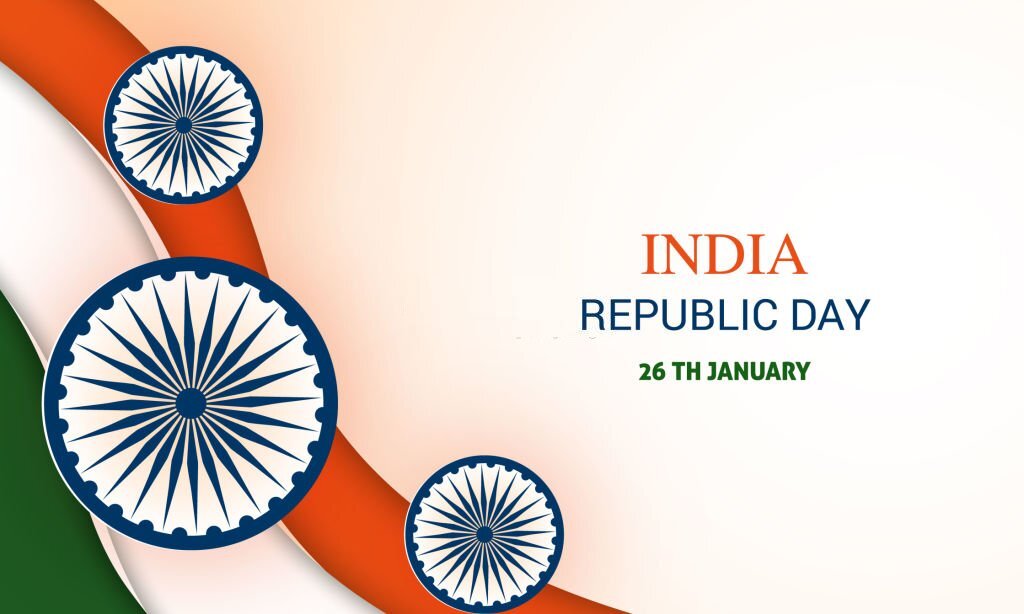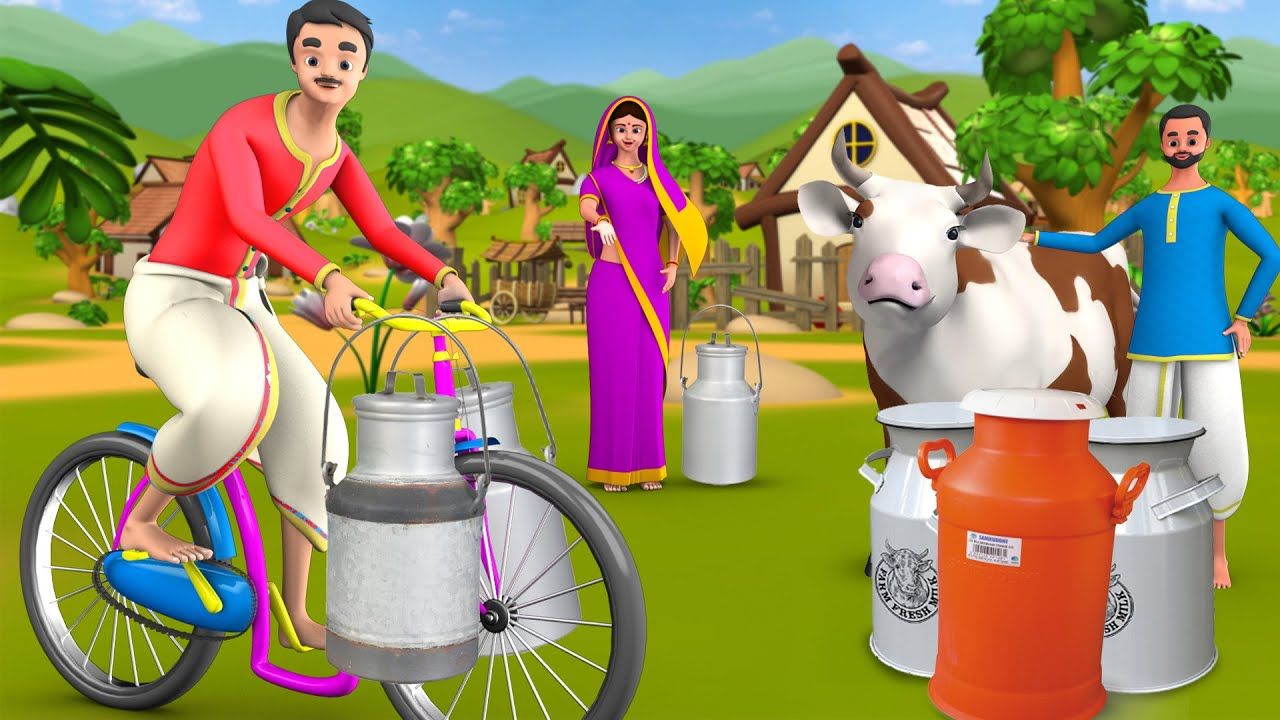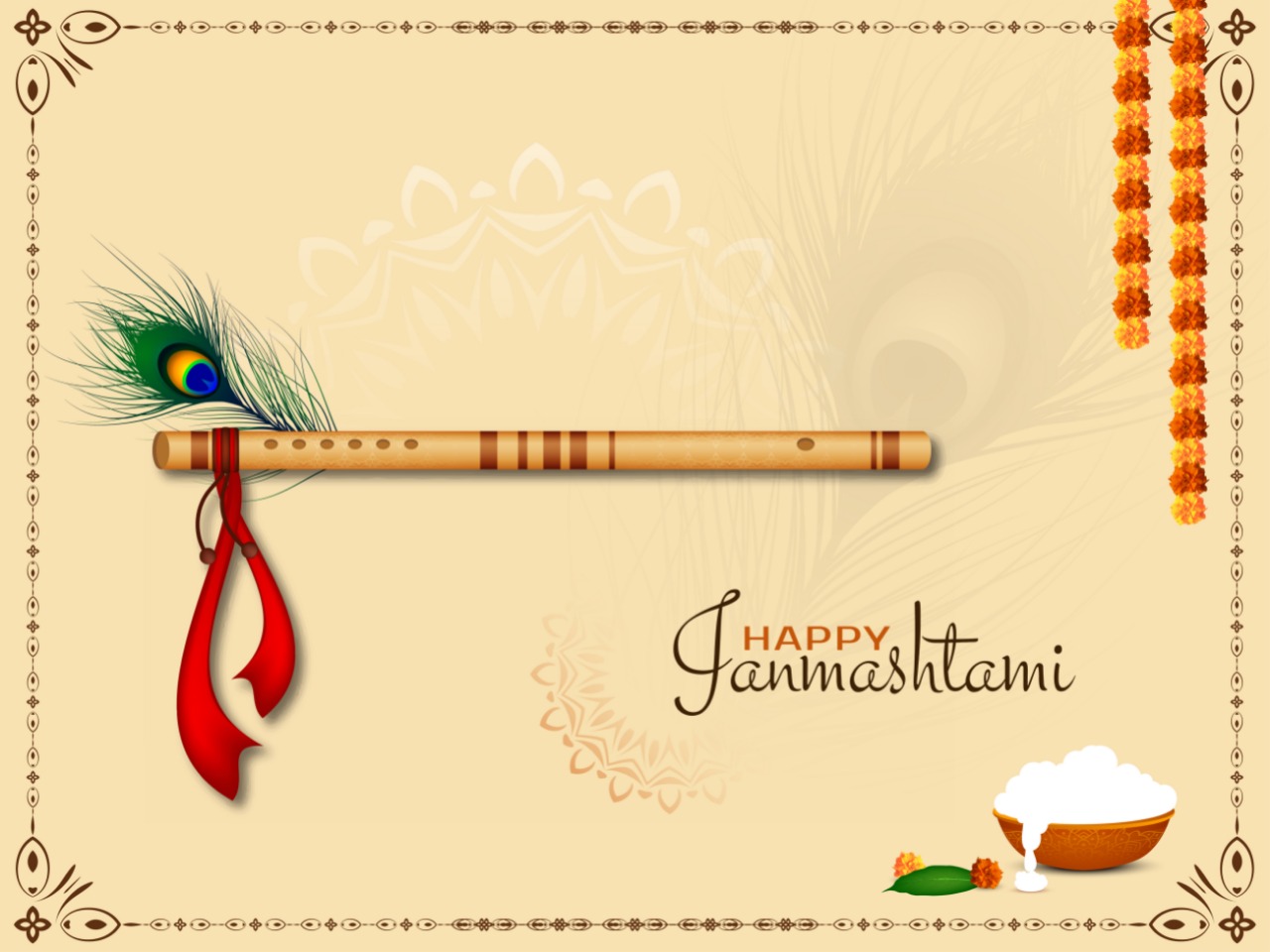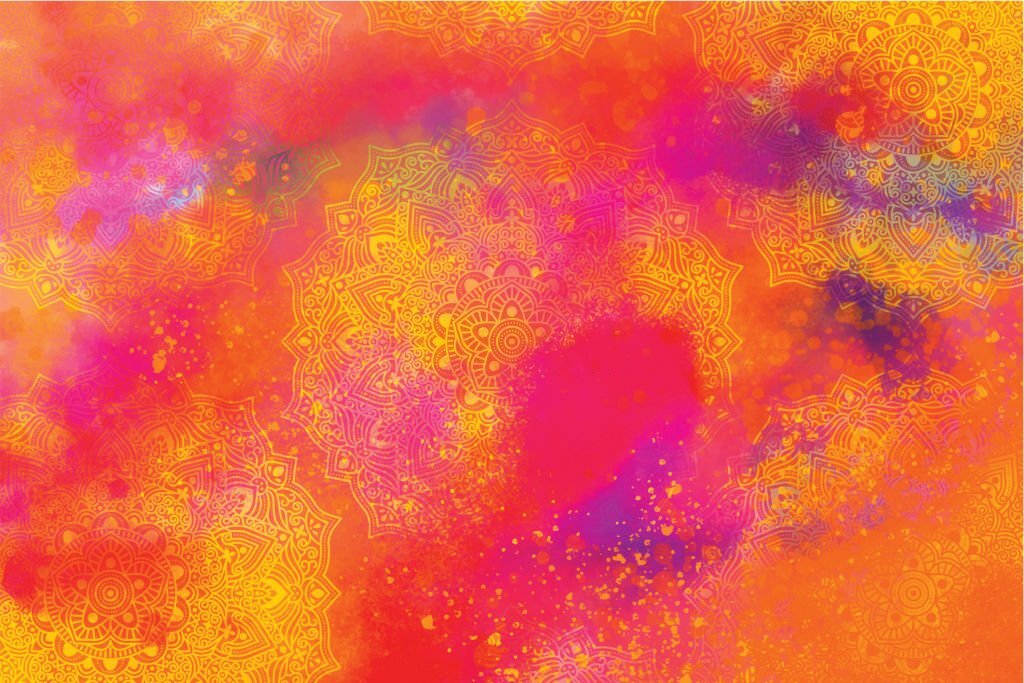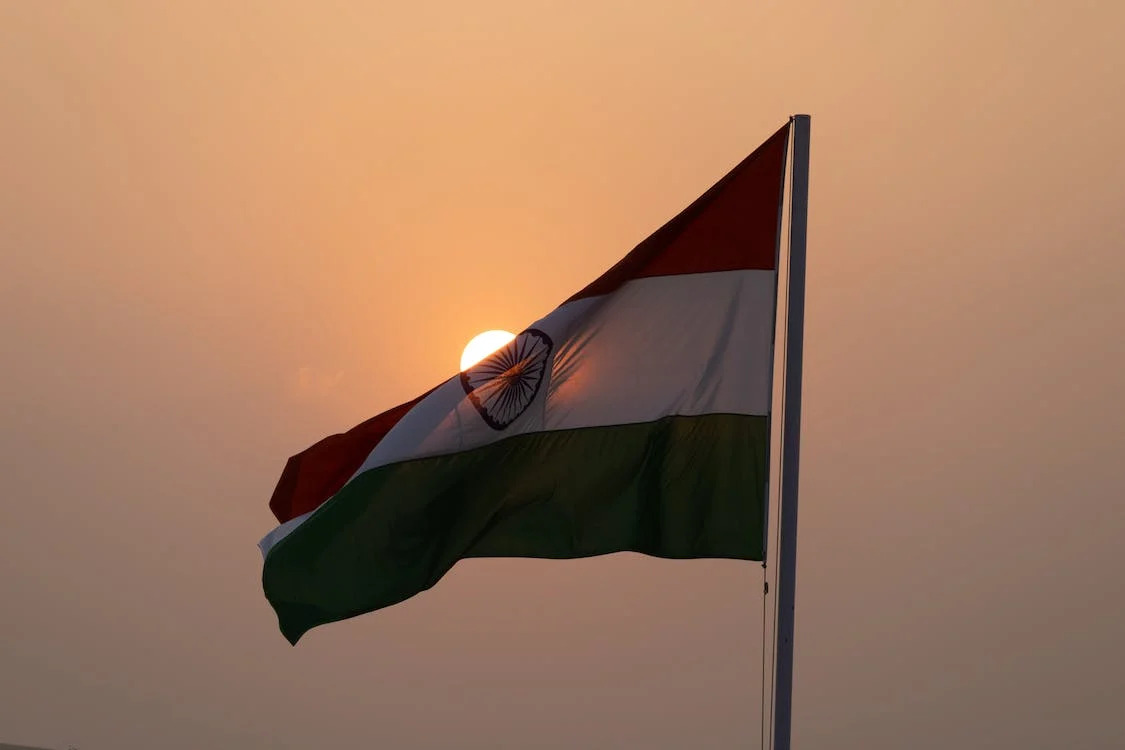Navratri
The festival of Navratri is related to the worship of Goddess Shakti. It is a nine-day ritual throughout which people worship and pray to Goddess Shakti. Navratri is perhaps a Hindu festival having special significance and is one of the most awaited festivals in the country.
We can see the excitement and happiness of the occasion even before the celebration commences. People nowadays are interested in religious devotion and do aarti and bhajan. On the day of Ashtami or Navami, nine girls are treated as mothers, and they are fed, tilked, and their feet are touched.
When Navratri is celebrated?
Hindu festivals reflect the Hindi Panchaang calendar. It has also been decided either by Tithi and Time. Navratri is celebrated four times a year, in the Hindi months of Chaitra, Ashadh, Ashwin, and Paush, and lasts nine days.
In India’s various regions, Navratri is observed in various forms. It is a time of religious devotion and fasting for many individuals, but it is also a time of celebration and feasting for others. Observing a strict vegetarian diet and refraining from alcohol and certain spices are among the fasting rituals. Garba is a popular dance, especially in Gujarat.
The nine nights of the festival are usually devoted to various aspects of the divine feminine energy or Shakti.
The nine days of Navratri are dedicated to Goddess Durga, Lakshmi & Saraswati in their nine avatars
Day 1: Goddess Shailaputri’s Day: Shailputri, an incarnation of Goddess Parvati, is Maa Durga’s first form. She was born as Parvataraj Himalaya’s daughter. She is adorned in reddish fabric and rides the Bull Nandi with a Trident and a lotus in her cap.
Day 2: Goddess Brahmacharini’s Day: Sati in her unmarried form manifests as the Goddess. It chants and holds a kamandal in its hand. Brahma is the Sanskrit word for penance, while Charini is the Sanskrit word for the conductor. The Dauj or Dwitiya Tithi is a devotional day dedicated to Bhagwati in her austere incarnation.
Day 3: Goddess Chandraghanta’s Day: This Goddess’s figure has a half-moon on her throne and ten arms. Worshipping this carnation brings ultimate serenity and happiness into people’s lives.
Day 4: Goddess Kushmanda’s Day: Mother Kushmanda, who has eight arms and rides a lion, is worshipped on the fourth day.

Day 5: Goddess Skandmata’s Day: Devi has four arms and rides a lion. When her children are in danger, she becomes enraged.
Day 6: Goddess Katyayani’s Day: They have four arms and her colour is gold. On the sixth day, he is worshipped with a lion as his mount.
Day 7: Goddess Kalaratri’s Day: They are completely black in hue. It is the demon’s destroyer. It has three eyes and four hands.
Day 8: Goddess Mahagauri’s Day: The colour of their skin is white. White is frequently used in apparel and jewellery.
Day 9: Goddess Sidhidatri’s Day: This mother is a Siddhi supplicant of all kinds. It has four arms and sits on a lotus flower. His method of transport is actually a lion.
Conclusion
In various regions of India, people worship all of the goddess’s manifestations and fast for nine days. People erect massive Goddess statues, and processions are held. People’s fairs are held in numerous places.
The one-month great festival of Durga puja in West Bengal is so well-known that visitors from all over the world come to observe it. Durga puja, being a single festival celebrated in various ways across India, is a fantastic emblem of our culture and folk diversity.
also read :श्राद्ध 2021 : 20 THINGS NOT TO DO IN SHRADH
